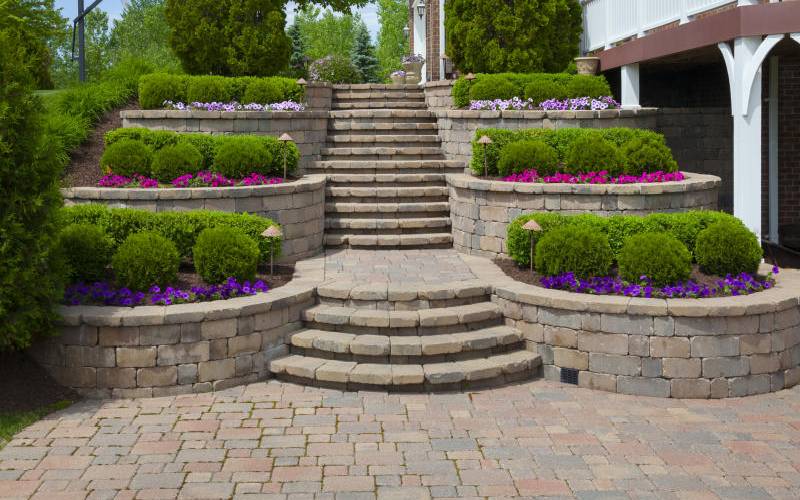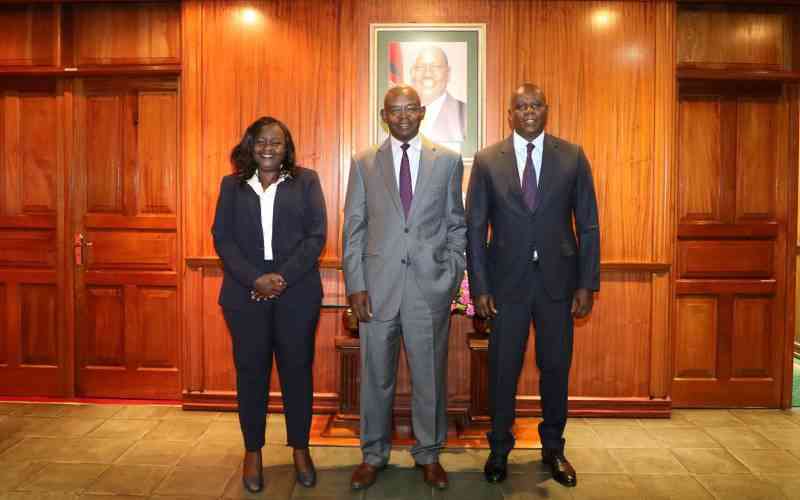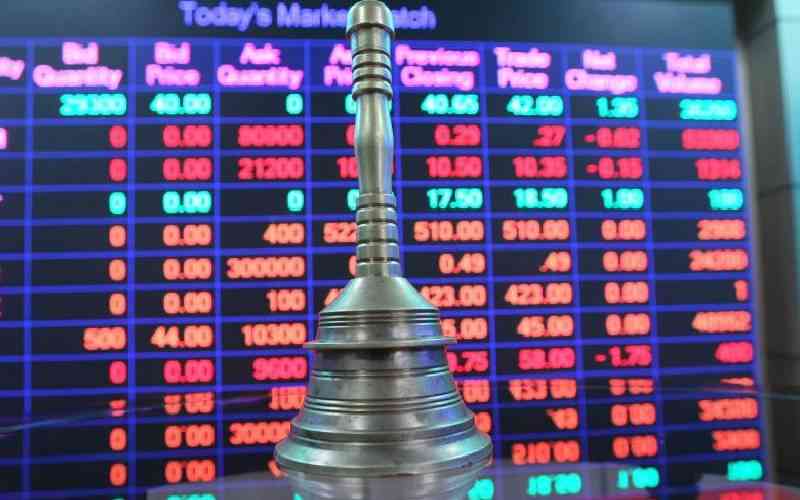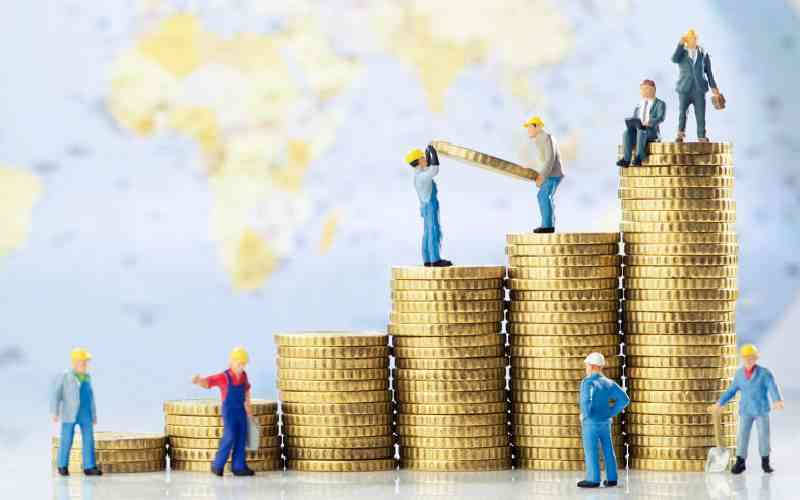
Across the globe, companies are increasingly embracing Environmental, Social and Corporate Governance (ESG) in line with the 2030 Agenda for Sustainable Development. This move could not have come at a better time. The theme for World Environment Day 2021 was ‘Ecosystem Restoration’ during which the UN Decade on Ecosystem Restoration was also launched.
The UN estimates that between now and 2030, the restoration of 350 million hectares of degraded terrestrial and aquatic ecosystems could generate $9 trillion in ecosystem services. Restoration could also remove 13 to 26 gigatons of greenhouse gases from the atmosphere. The economic benefits of such interventions exceed nine times the cost of investment, whereas inaction is at least three times more costly than ecosystem restoration.
Based on this realization, and the fact that the construction sector remains one of the biggest contributors to climate change, with buildings being responsible for much of the world’s energy waste, the built environment is moving towards adoption of sustainable building solutions, which in effect, are aimed at using energy and materials more efficiently.
Whereas the concept of green and sustainable building is not new, it is increasingly gaining traction as climate change mitigation and adaptation remain at the apex of the global discourse. For starters, green building, also known as sustainable building or green construction, is the concept of creating structures and processes that are environmentally responsible and resource-efficient throughout a building's life-cycle from siting to design, construction, operation, maintenance, renovation and deconstruction.
Its main goals are to preserve resources like raw materials, energy and water, fight against global warming (greenhouse gases emission), minimize waste and other pollutions, and maximise the whole life-cycle performance. Sustainable building also aims to bring comfort and health to occupants by the use of materials of high sanitary and environmental quality, both for the actual construction and insulation.
A building project can be regarded as sustainable only when all the various dimensions of sustainability (environmental, economic, social, and cultural) are dealt with. The various sustainability issues are interwoven, and the interaction of a building with its surroundings is also important. The environmental issues share, in common, concerns which involve the reduction of the use of non-renewable materials and water, and the reduction of emissions, wastes and pollutants.
It follows that the first benefit of sustainable building is the protection of the environment, considering that priority is given to local, renewable, bio-sourced and recyclable materials, and the design is based on the use of renewable energies (geothermal, aerothermal, solar) and the preservation of resources (energy and water efficiency, as well as better insulation).
The second benefit is economic. According to a World Green Building Council report, savings in a sustainable building can be very significant: from 25 to 35 per cent energy savings, and up to 39 per cent water savings compared to a conventional building. Besides, green building boosts the real estate market and reduces operating costs.
On the social front, green buildings help improve the quality of life, by enhancing occupants’ health, well-being and comfort (thermal and acoustic insulation, better energy and lighting management). Moreover, it minimizes strain on local infrastructure.
Taking cognizance of the changing global trends in the construction sector, Safal Group—a leading building solutions provider in the region—has fully embraced sustainable building through its innovative products such as Ultra Span, a building systems solution that allows you to build your home/facility/structure without any use of timber especially for the conventional roof trusses. Ultra-Span also curbs deforestation, further ensuring zero cutting of trees for making the roof.
Then there is SafBuild, the Pre-Engineered Building Solution (PEBS) - out of galvanized steel. This eliminates the use of RRC column block and a lot of concrete and block work. It also eliminates the use of quarry stones, timber as well as water. A lot of water is saved when using SafBuild.
The Group observes very strict environmental and emission standards which are way below that which is allowed for carbon and steel plants. The manufacturing processes are extremely green, as all water is recycled and dependence on carbon generated electricity reduced considerably in the big manufacturing plants. The plan is to have some of the plants run largely on solar in the near future.
That the construction industry is moving more and more towards sustainable methods cannot be gainsaid. With growing populations around the world, governments are getting a bigger role to play and are now initiating affordable housing programmes to enhance living standards.
Since the building industry generates 40% of the world’s carbon emissions and waste products, it has huge room to improve on the modes of construction, including the materials used. The whole world is moving toward net-zero buildings. The World Green Building Council and all its associate bodies around the world are monitoring the progress and seeing a rapid rise in green building.
The future is, indeed, green buildings.
Steve Kiruhi is the Sales and Technical Services Manager of Pre-Engineered Buildings, Safal Building Systems.
 The Standard Group Plc is a multi-media organization with investments in media
platforms spanning newspaper print operations, television, radio broadcasting,
digital and online services. The Standard Group is recognized as a leading
multi-media house in Kenya with a key influence in matters of national and
international interest.
The Standard Group Plc is a multi-media organization with investments in media
platforms spanning newspaper print operations, television, radio broadcasting,
digital and online services. The Standard Group is recognized as a leading
multi-media house in Kenya with a key influence in matters of national and
international interest.
 The Standard Group Plc is a multi-media organization with investments in media
platforms spanning newspaper print operations, television, radio broadcasting,
digital and online services. The Standard Group is recognized as a leading
multi-media house in Kenya with a key influence in matters of national and
international interest.
The Standard Group Plc is a multi-media organization with investments in media
platforms spanning newspaper print operations, television, radio broadcasting,
digital and online services. The Standard Group is recognized as a leading
multi-media house in Kenya with a key influence in matters of national and
international interest.










